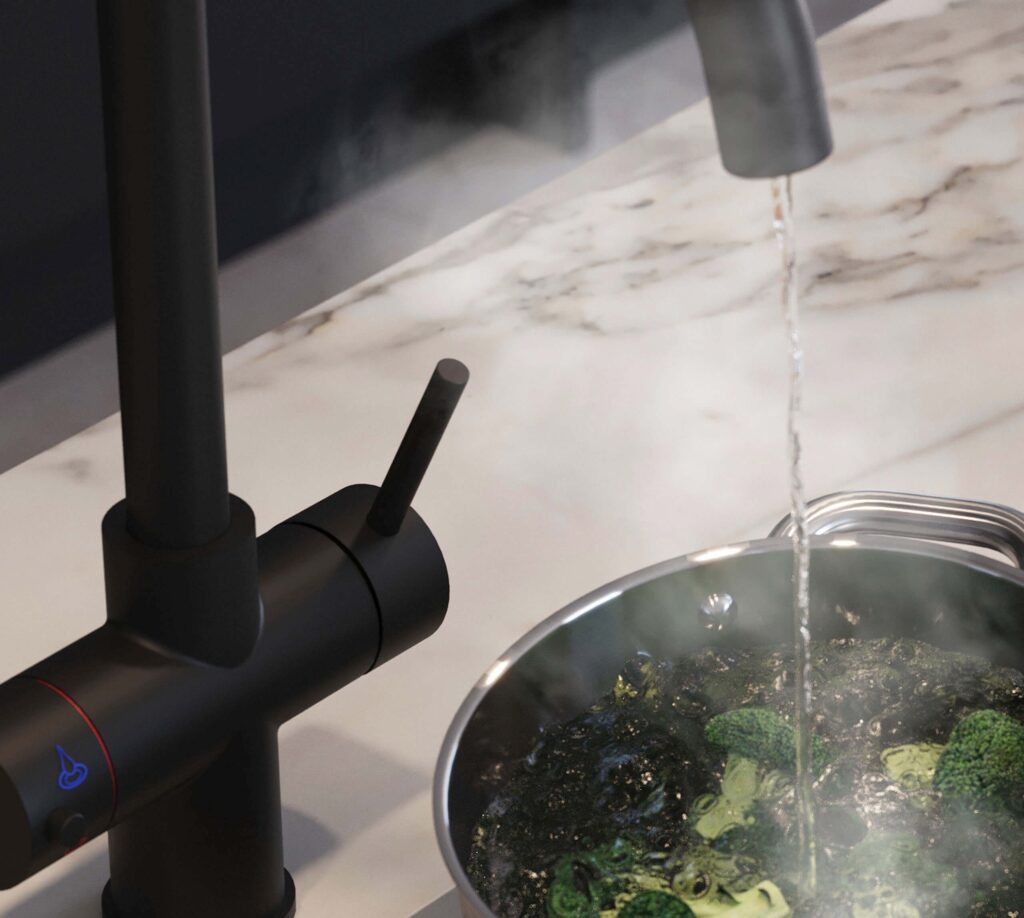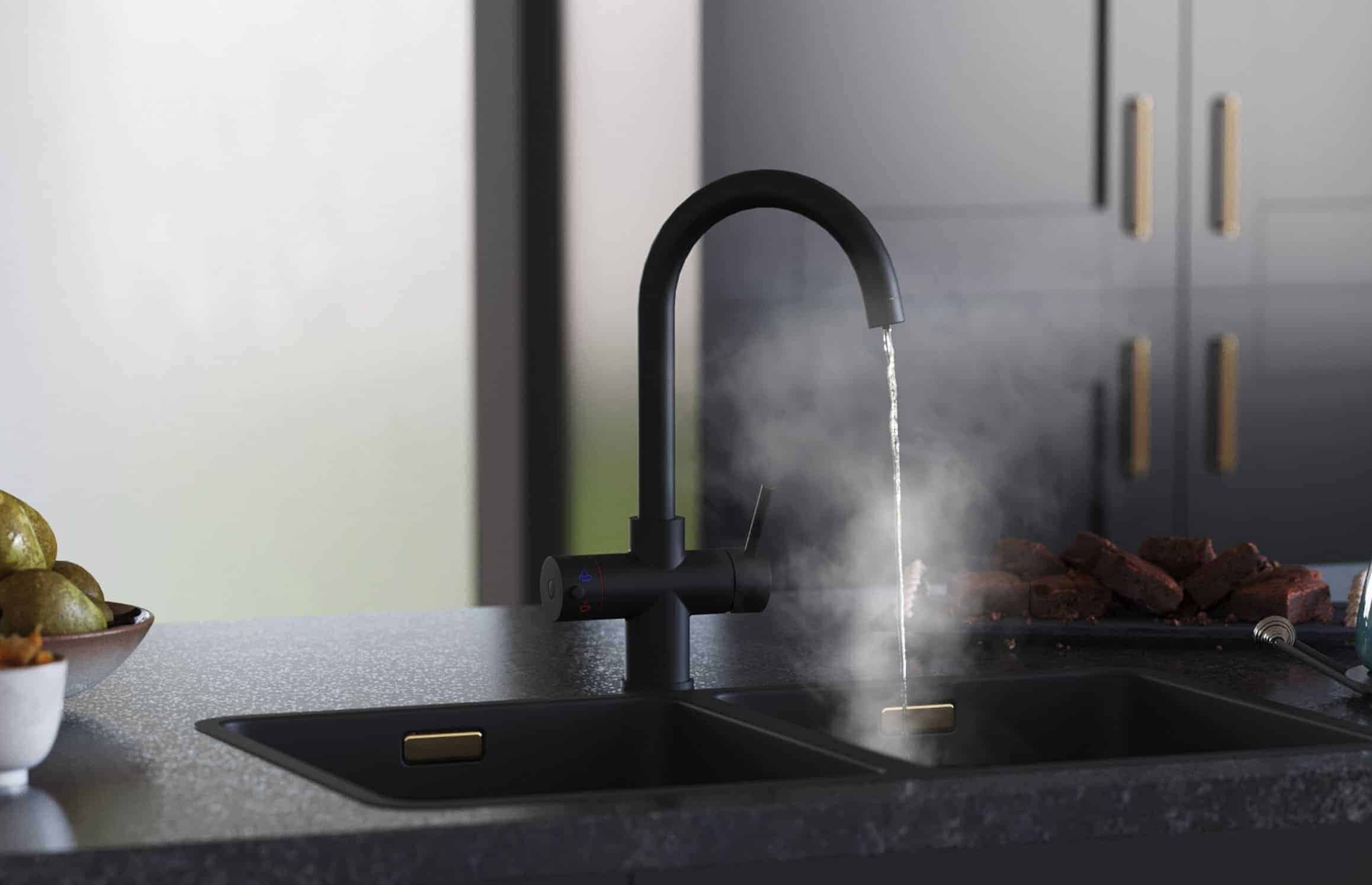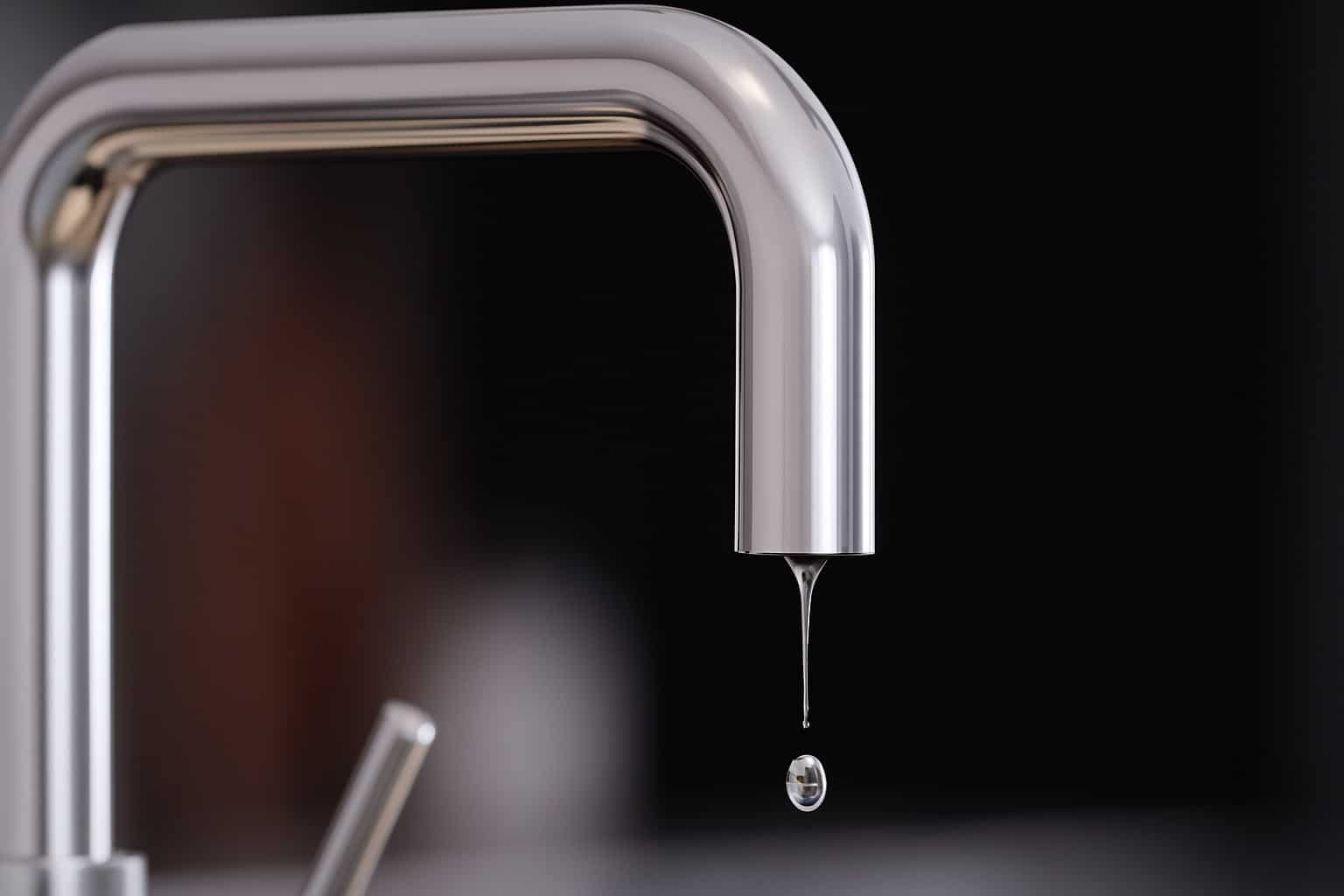Boiling Water Taps: Debunking The Myths

Ever notice how the only thing slower than a watched kettle is waiting for someone else to finish with it? We’ve all done the impatient mug dance while a kettle does its thing for the third time that morning. Meanwhile, “boiling water tap” has become the phrase on every kitchen renovator’s lips—and, if you believe the pub chat, the source of much confusion about cost, safety, and whether you need a minor engineering degree to install one.
If you’re skeptical about what these taps actually cost to run, concerned they’re energy-hungry, or just want honest answers about installation, this post is for you. Let’s clear up the myths, make space for some common sense, and help you decide if that instant-cuppa convenience is as smart as it sounds.
Are Boiling Water Taps Just an Expensive Luxury? Or a Smart Everyday Upgrade?
Let’s face it: Most kitchen gadgets make big promises, then spend their lives gathering dust behind the bread bin. But boiling water taps? People worry they’ll spike your bills (spoiler: they won’t), guzzle energy, or require a plumbing miracle just to get working. Much of that’s myth, repeated over fence posts and social media threads, not real-world experience.
Here’s what actually matters: the real cost of a boiling water tap isn’t just about the price tag up front. It’s about what it genuinely costs to run day-to-day, how it stacks up against kettle habits, and whether installation is any trickier than putting up a shelf. Ignore the scaremongering—let’s unpack the details.
Why the Myths Hang Around: The Root of Boiling Water Tap Confusion
Most myths stick because they start with a kernel of truth, or, more often, someone’s uncle’s guess. Kettles “seem” efficient because you only use them when needed. The worry is that a boiling water tap, quietly keeping water hot in the background, must be using energy all day long.

Here’s the real deal: Modern boiling water taps use clever insulation, only heat what you’ll actually use, and cost about 12 cents a day to run—similar to boiling your kettle a few times (and less than reheating water all day). Saving energy shouldn’t mean sacrificing convenience. That’s not just marketing fluff; it’s how these systems were designed to work.
So, let’s cut through the gossip and look at how boiling water taps really perform, from running costs to setup.
What Actually Happens When You Turn On a Boiling Water Tap?
The magic trick is simple: a compact, insulated boiler tank sits under your sink, drawing mains water, heating it to near-boiling, and keeping it there with minimal energy. When you hit the tap, boiling water flows instantly. No kettle shuffles, no waiting. That's a convenience designed for real cooks and tea drinkers, not just showroom kitchens.
But what about the cost of running a boiling water tap compared to a kettle? And is it true that installation needs a degree in engineering? Let’s break it down:
1. Daily Running Cost: What’s the Damage?
- Myth: “Boiling water taps will eat up your energy bill.”
- Reality: Using a boiling water tap costs about 12 cents per day—roughly equal to boiling your kettle three to five times. There’s no hidden premium for the “convenience,” just steady, low energy use.
- Why: Instead of mega-watt bursts (like a kettle), the boiler tank gently uses about 10 watts to keep water hot, topping up only what you actually use. If you make tea, coffee, or baby bottles frequently, you’re likely to use less power than with a kettle you keep refilling and re-boiling.
2. Energy Usage: Fewer Boils, Smarter Tech
- Myth: “Leaving it on all day can’t be efficient.”
- Reality: It’s better not to flick it off between uses. The insulation in the boiler tank keeps heat locked in, so the tap only needs tiny sips of electricity to stay ready. Reheating from cold actually wastes more energy, not less.
- Insider Tip: Don’t overthink it. The best savings come from only boiling what you need—something boiling water taps do by design, unlike the classic overfilled kettle.
3. Installation: Is It a Faff?
- Myth: “You’ll need to rip up half your kitchen just to fit one.”
- Reality: Most installs take about an hour. The tank fits below the sink, plugs into a standard power socket, and connects to your mains water. If you can swap a tap (and read instructions), you can probably DIY—though many prefer the peace of mind a plumber brings.
- Setup at a Glance: Unbox tap and tank, connect to mains, pop filter in, plug in, and you’re nearly there.
Check out our deep dive on the real cost of a boiling water tap.
What About the Skeptics? Common Objections, Answered with Honesty
“Surely they use loads more power—mine’s on all day!”
Actually, because of that thick insulation and need-based heating, most taps don’t use more power than the average daily kettle user. In fact, if you’re the kind who boils for every cuppa or cooks often, you might save energy. Kettle die-hards often forget just how much water (and power) disappears in the dance of “just in case.”
“DIY is fine, but it’ll void my warranty if I fit it myself.”
Most reputable brands—including Hot Water Taps—are upfront about this. If you know your way around DIY plumbing and follow the instructions (or video guides), you’ll be fine. But if you’ve never installed a tap or boiler before, paying for a pro is worth every penny for safety and peace of mind (and your warranty remains intact).

So, Is a Boiling Water Tap Honestly Worth It? Three Plain Truths to Take Away
- They’re Cheaper to Run Than Most People Expect
If you’re using your kettle several times a day, budget about 12 cents a day for the tap—then enjoy instant boiling water without fuss. Not all convenience comes at a cost. - Energy Efficiency Is Built-In
Forget “wasteful gadgets.” The insulated, only-as-needed heating is better for your bills and the planet. Every cup and pan starts with only the exact amount you want—no more, no less. - Installation Isn’t Rocket Science
Most householders can handle it, but it’s perfectly fine to book a proper plumber for the job. Either way, your kitchen soon works smarter—not harder.
The best kitchen upgrades are the ones you wonder how you ever managed without. A boiling water tap isn’t about flash, it’s about making ordinary days run that bit smoother—saving time, water, and energy with every brew, dinner, and family moment.
Ready to rethink what’s possible in your kitchen? Take a closer look at our full range or get in touch with our helpful team if you have any more questions.
